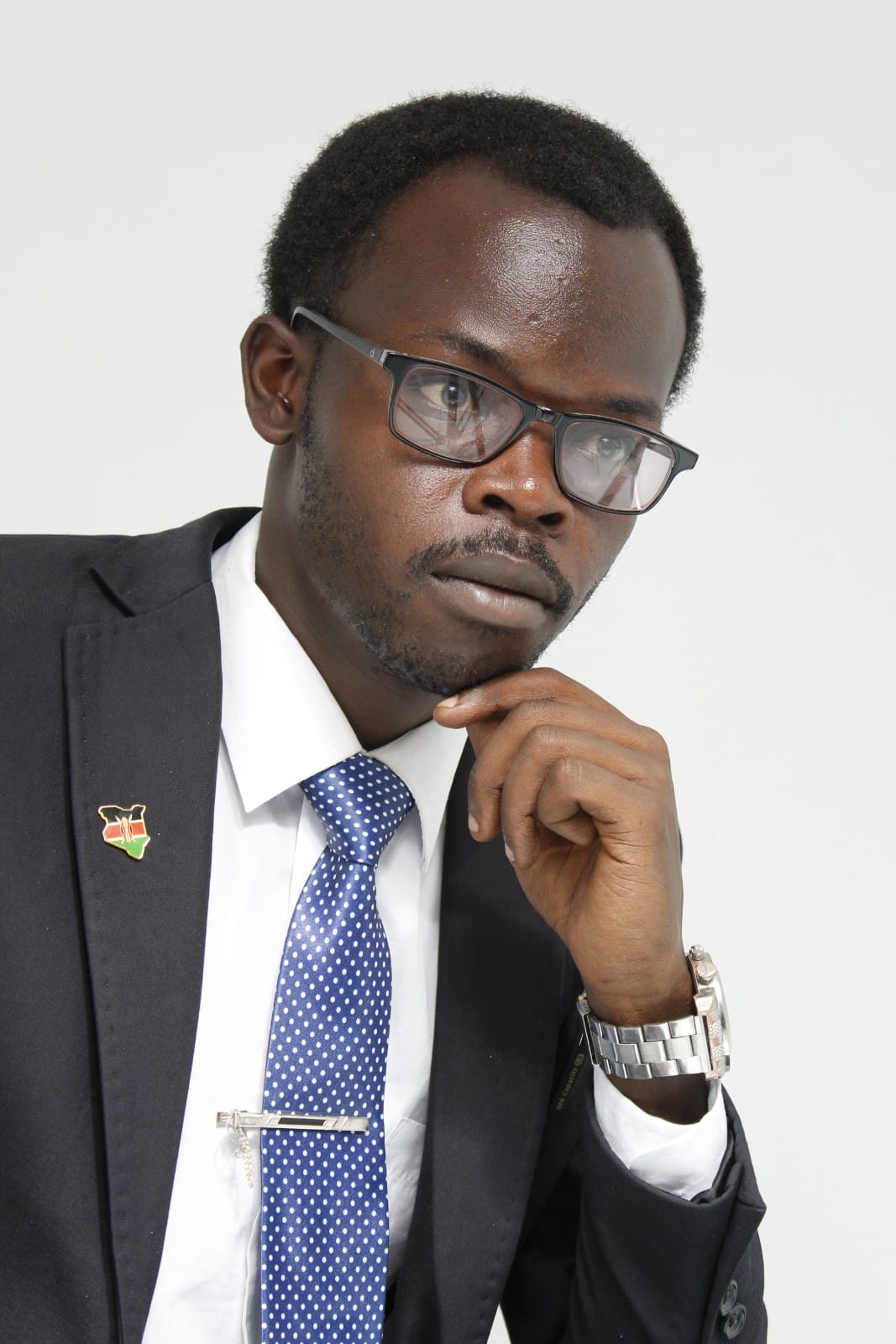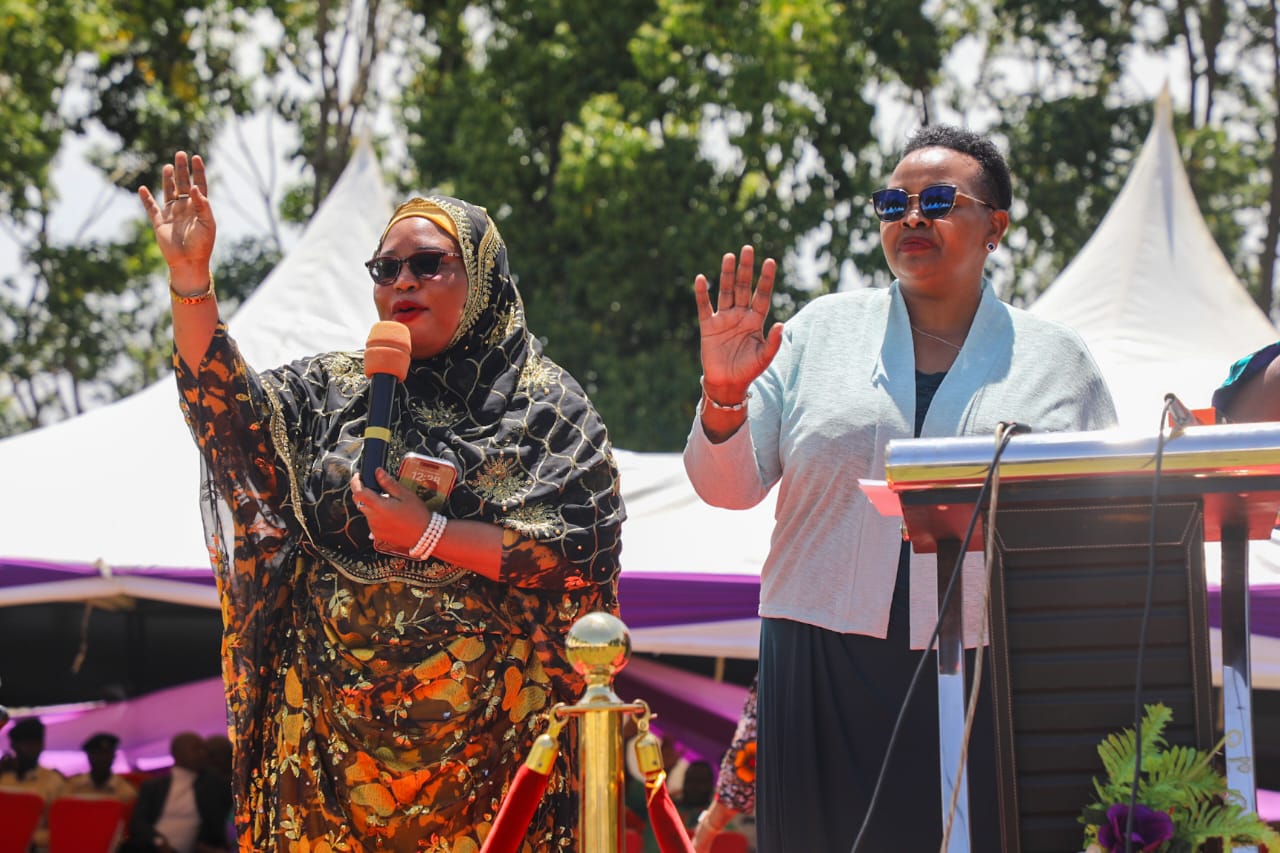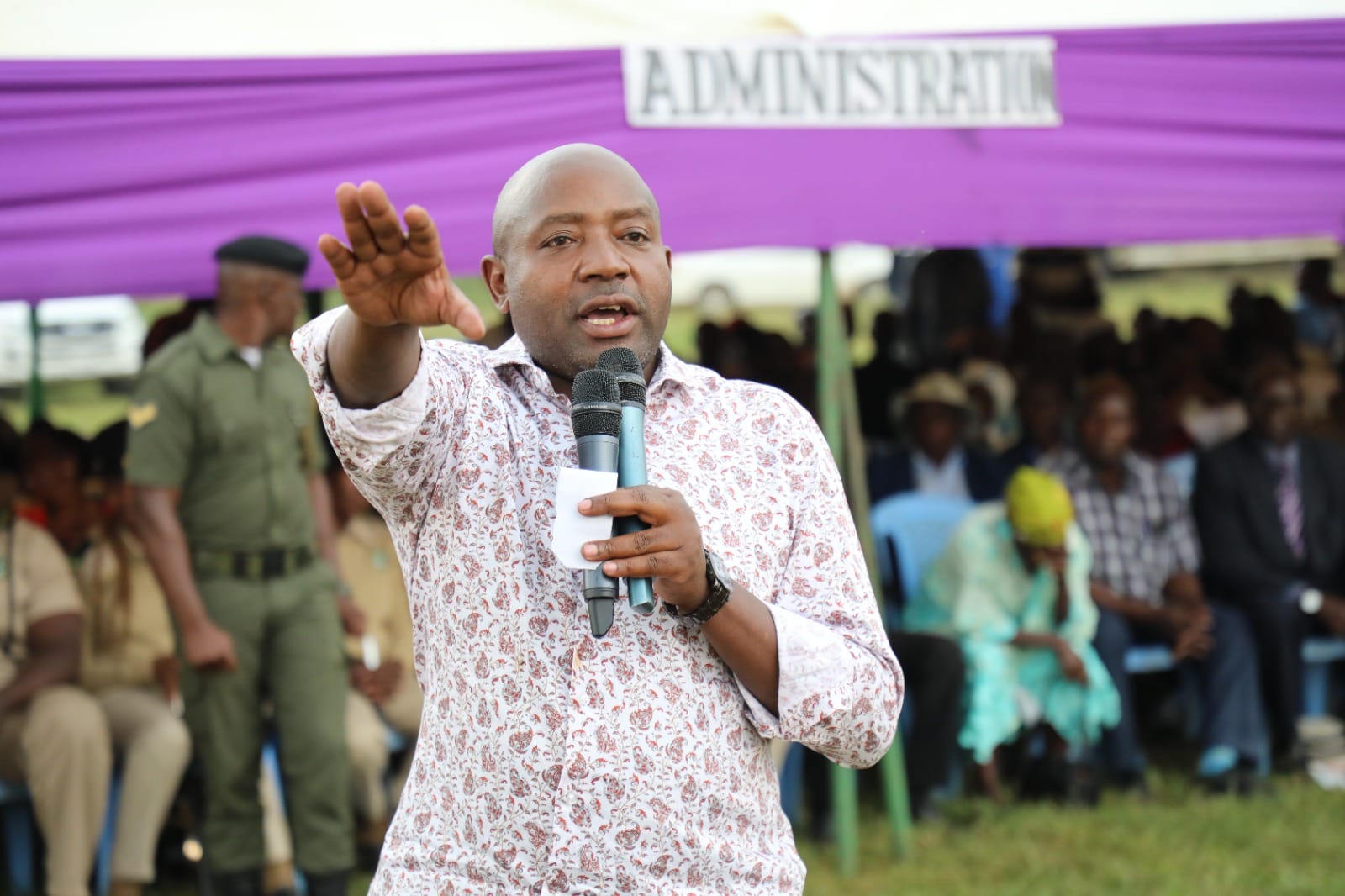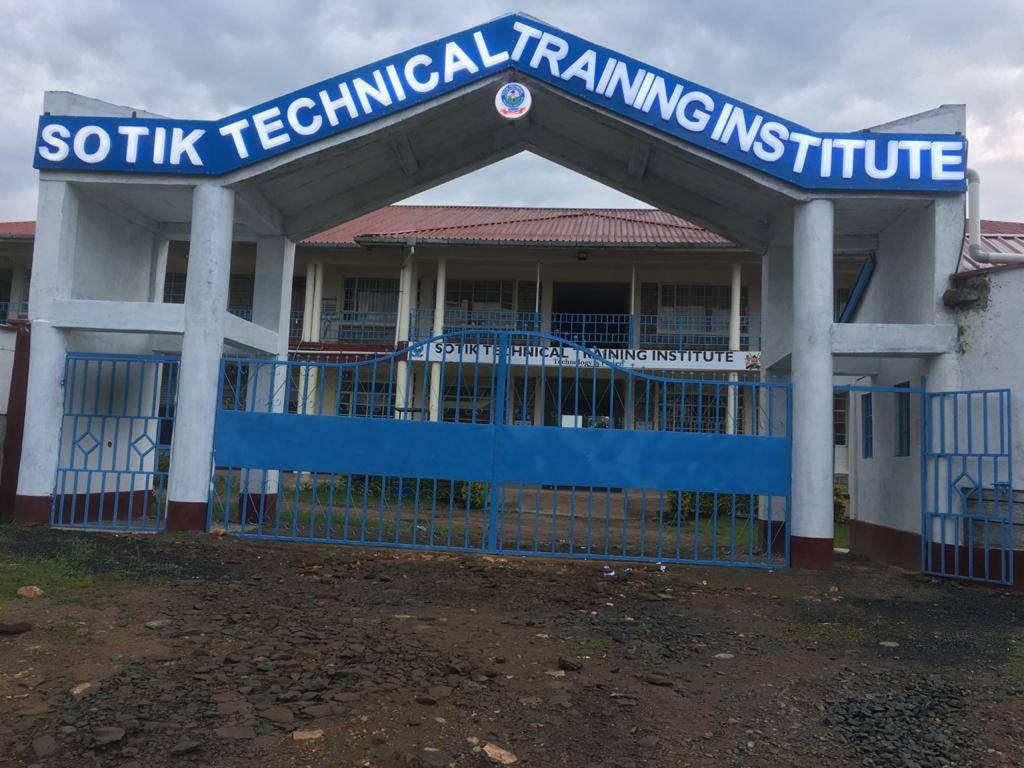Dear reader, this is my 15th treatise about the Competency-Based Education (CBE); enshrining the Competency-Based Education (CBC). In the 8-4-4 System of Education, which we are bidding adieu in 2027, secondary schools are categorised as national, extra-county, county and sub-county schools. National, extra-county and county secondary schools are single-sex boarding schools. Whereas most sub-county schools are mixed day or boarding schools.
New Nomenclature – Naming System
In Competency Based Education (CBE), where schools will dispense knowledge in line with Competency-Based Curriculum (CBC), current secondary schools will evolve to Senior Schools (Grade 10-12) in 2026. Meaning, as the current secondary schools admit the first cohort of CBC learners, they will become Senior Schools in the new education dispensation. Currently, secondary schools are categorised as national, extra-county (1 and 2), county and sub-county. In the new education dispensation, they will be categorised as C1, C2, C3 and C4. The current national schools will be C1, extra-county schools will be C2 (1 and 2), county schools will be C3 and extra-county schools will be C4.
For instance, Nyakach Girls School in Kisumu County was recently elevated to a national girls’ school. Meaning, in 2026 onwards, it will be C1 Senior School. The Bondo-based Nyamira Girls School, which is currently an extra county girls’ school in Siaya County, will be a C2 Senior School in the new education dispensation. Wambasa Girls School will become a C3 Senior School for it is currently categorised as a county girls’ school in Siaya County. My alma mater – Nyamninia Secondary School is currently categorised as a sub-county school in Siaya County. In the new education dispensation, it will be a C4 Senior School.
ALSO READ;
KNUT official pushes for Benevolent Fund access for teachers
Key Considerations in Categorisation
In the new education dispensation, Senior Schools (Grades 10-12), will be categorised by sex, pathways, accommodation and special needs. This categorisation is to ensure effective management of learners transitioning from Junior to Senior Schools, equitable allocation of resources, and impressive implementation of education programmes, practices and policies.
Pathways and Accommodation Type
Ideally, in the categorisation by sex, there will be mixed-sex and single-sex schools. By pathway, there will be Triple Pathways Schools and Dual Pathways Schools. Then, categorisation by accommodation type, there will be Day Schools and Hybrid Schools (Day and Boarding Schools). There will be 3 Career Pathways at Senior School. They include: Arts and Sports Science, Social Sciences and STEM (Science, Technology, Engineering and Mathematics). With this knowledge, then you understand what Triple Pathway Schools (C1 and C2 Senior Schools) are poised to offer. That is, all the aforesaid 3 Career Pathways. STEM Career Pathway, which will cater for 60% of learners, will be compulsory in all Senior Schools. Social Sciences Career Pathway will cater for 25% of learners. Then, Arts and Sports Science Pathway will cater for 15% of learners.
Regarding the Dual Pathway Schools, there will either be STEAMS or STEMS. That is, STEAMS: STEAM and Arts Sports Science. Then, STEMS: STEM and Social Sciences. Additionally, Day Schools will be those institutions where learners commute daily from their homes, not be residing in schools. About the Hybrid Schools (Day and Boarding Schools); these will be institutions where some learners will commute daily from their homes, and will not be residing in schools. Likewise, in the same institutions, there will be provided with on-school residential facilities where they stay, study and participate in extra-curricular activities.
ALSO READ;
Moreover, there will be Triple Pathway Day Schools, which will be institutions offering the 3 Career Pathways for learners attending school during the day and returning home in the evening. There will be Dual Pathway Day Schools, which will be institutions offering 2 Career Pathways for learners attending school during the day and returning home in the evening. Triple Pathway Hybrid Schools will offer the 3 Career Pathways, with some learners attending school during the day, and returning home, while others reside in school. Dual Pathway Hybrid Schools will offer 2 Career Pathways with some learners attending school during the day and returning home in the evening, while others reside in school.
Special Needs and Vocational Schools
Furthermore, under the categorisation based on Special Needs, there will be Special Needs Schools, which will offer education to learners who experience difficulties within the mainstream education system. These are learners abled differently; with hearing, visual or physical impairment. Then, there will be Vocational Schools, which will offer vocational education to learners who are following the Stage-Based Education Pathway. This is designed to equip special needs learners with practical skills and technical knowledge; envisioned to prepare them for various career pathways. This system is integrated into CBC to churn out holistic graduates ready for the demands of the modern and dynamic world of work.
Factors Influencing Categorisation
Finally, I can cite: Mandarins at the Ministry of Education (MoE), will consider three important factors while categorising Senior Schools. The first factor will be flexibility; allowing learners to transfer between various Career Pathways in case they experience changes in aspirations, interests and abilities. The second factor will be partnerships; focusing on collaboration with industry, universities and tertiary institutions; enhancing career and technical education in Senior Schools. That is, Senior Schools should have the freedom and volition to develop puissant partnerships with other institutions. The third factor will be infrastructure; ensuring that each category has necessary resources such as laboratories, workshops, studios, et cetera; for optimal development of learners.
By Victor Ochieng’
The writer is an educationist – academic and career consultant who rolls out talks and training services in schools.
You can also follow our social media pages on Twitter: Education News KE and Facebook: Education News Newspaper for timely updates.
>>> Click here to stay up-to-date with trending regional stories
>>> Click here to read more informed opinions on the country’s education landscape
>>> Click here to stay ahead with the latest national news.






